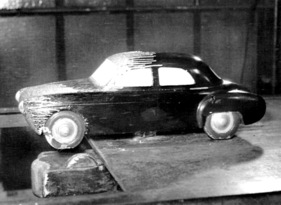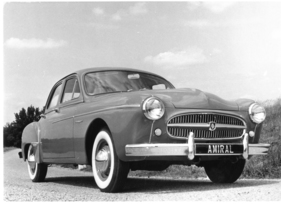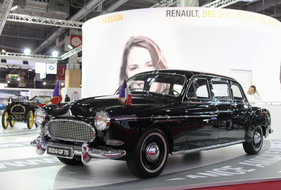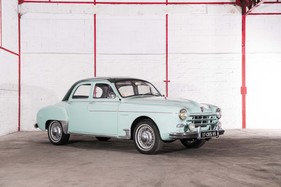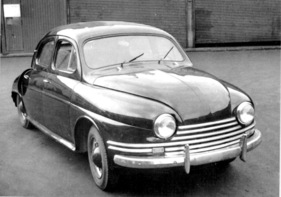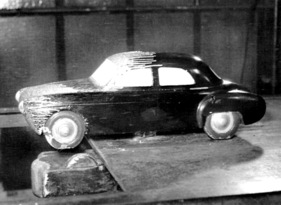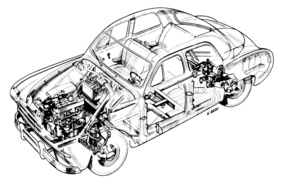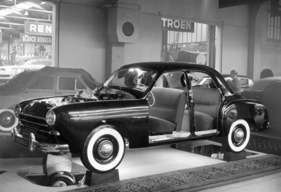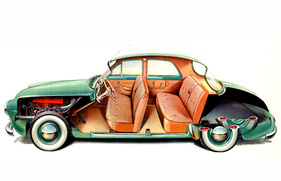Renault Frégate - flagship of the Régie Nationale in the fifties
Summary
The large Renault of the fifties was a milestone in many respects. The elegant saloon was extremely streamlined, had independent suspension all round and a self-supporting body. Six people could travel at 135 km/h in the Frégate and the car needed just under 10 liters per 100 km (albeit at lower speeds). This report tells the story of the French post-war luxury sedan and shows it in many archive photos and in the original sales brochure.
This article contains the following chapters
- Priority for small cars
- First rear-engined model not a success
- Aerodynamic masterpiece
- 10 liters per 100 km with six people on board
- Contemporary drive technology
- Built from 1951
- Continuously improved
- Gap filled
- Further information
Estimated reading time: 6min
Preview (beginning of the article)
Actually, a Renault in Frégate format could have been launched shortly after the Second World War. The development of a modern two-liter had been started at Renault almost simultaneously with the studies for a "people's car". In the fall of 1943, prototypes of both an 11 CV and a 4 CV (French tax horsepower) were presented to company boss Louis Renault, with preference given to the larger model and plans for series production as soon as the war was over. During the war, the Renault factories in Paris-Billancourt were largely destroyed by British air raids. At that time, Renault manufactured trucks for the German occupying forces. In August 1944, the Germans had to withdraw from Paris, and Louis Renault died two months later.
Continue reading this article for free?
Photos of this article







